Sometimes, all you want to do is go out and take striking photos of people. Some of us don’t want to worry about complicated plans, equipment, and locations.
Minimalist portrait photography is the key to this. Here’s how to shoot simple and powerful portraits.
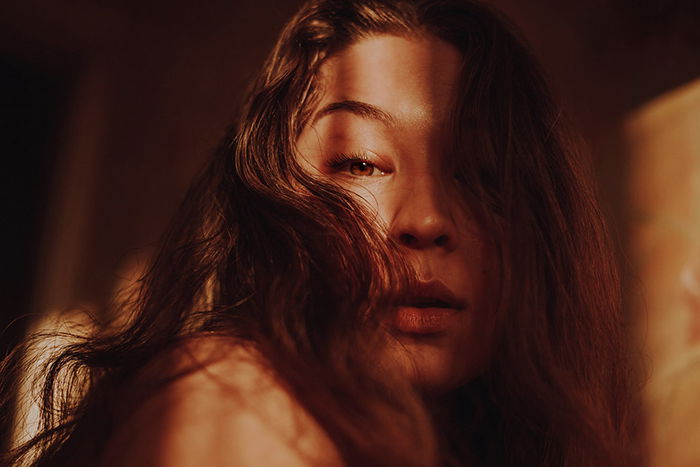
Minimalist portrait photography is a sub-genre that’s often overlooked in portraiture. It aims to capture the beauty of simplicity. Without compromising the emotional quality of a portrait.
Minimalist portraits often have simple backgrounds with few props. This might seem boring. It’s actually an effective way to focus on emotions and expressions.
Without colorful distractions and a plethora of details, it’s easier to tell a touching story about your model (or even yourself).
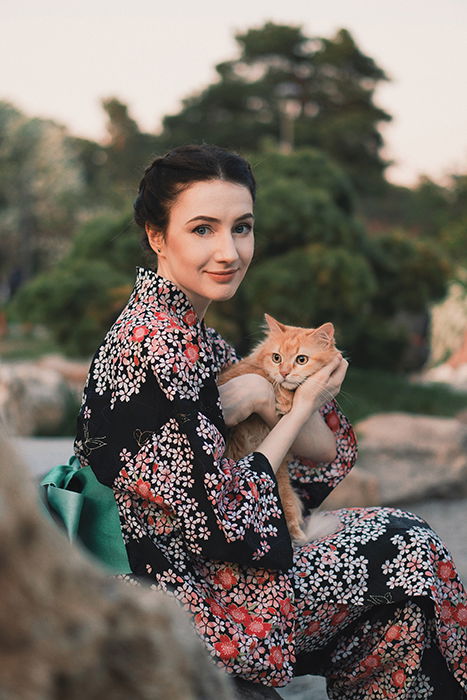
Minimalist portraits are rarely detailed, so it’s important to use a large aperture.
A large aperture (or a small f-number) will blur out all the details you’re not focusing on. This will make it easier to make your subject stand out.
The smaller the f-number, the fewer details you’ll be able to capture. For example, a large aperture like f/1.2 can make it difficult to capture every detail on your subject’s face.
Something a little larger, like f/2.8, will let you photograph more details. And it’ll create a soft background at the same time.
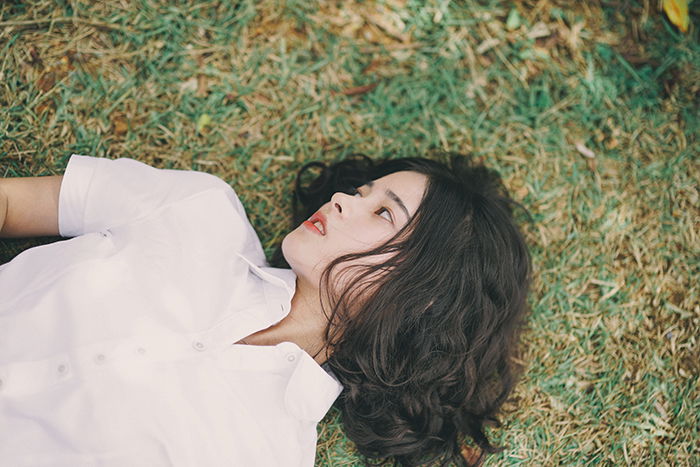
There’s a fine line between simple and dull portraits. If you take photos from the same angle, your results will end up on the wrong side of the scale.
Experiment with different angles to take unusual minimalist portraits. You can even try out unusual rotations to give your photographs a surreal or cinematic feel.
Don’t be afraid of unconventional angles. Finding what works for you is the best way to discover your unique minimalist style. You can shoot from very low to very high angles and play around with everything in-between.
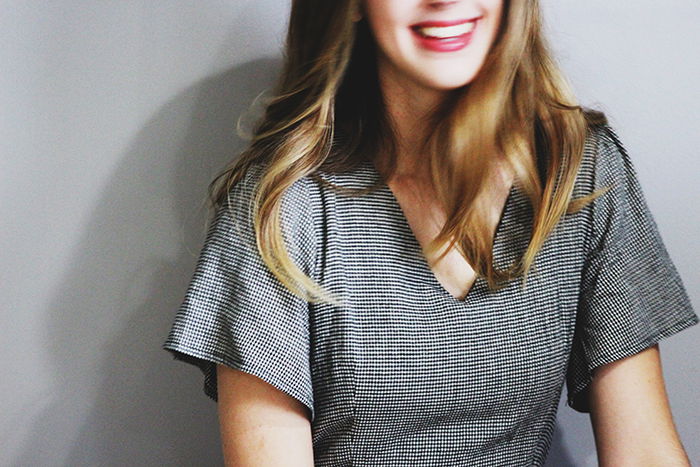
You can use your knowledge of abstract photography when you take minimalist portraits. A little motion blur can significantly enhance your image and even make it look simpler.
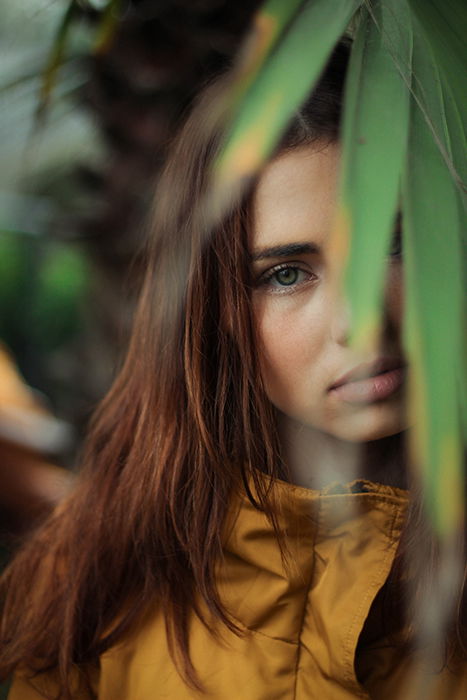
To make a minimalist portrait even simpler, use foregrounds to hide parts of your model’s face and to emphasise others. In this case, half of the model’s face is visible. This adds simplicity and mystery to the shot.
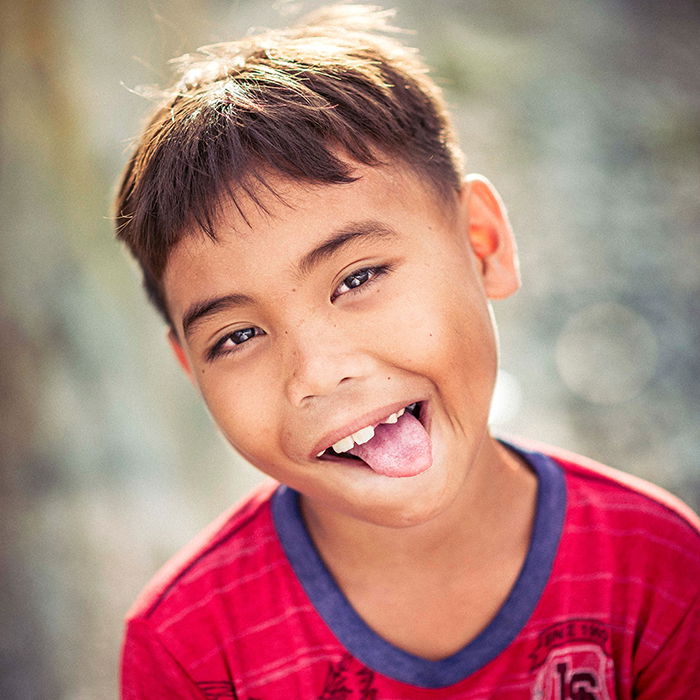
Like similar angles, the same facial expressions will make your photos look boring.
Let your model experiment with different expressions. They can be as silly or as somber as you like. This will give personality to a minimalist portrait.
Your aim is to make your model feel comfortable enough to do this. To relate to them more, you can show them your favourite references or pull some faces yourself! Keep the atmosphere light to avoid awkwardness.
The right expressions will take your minimalist portraits to the next level. A simple facial movement can be all you need. Knowing how to capture this, you can then take expressive photos of anyone and everyone.
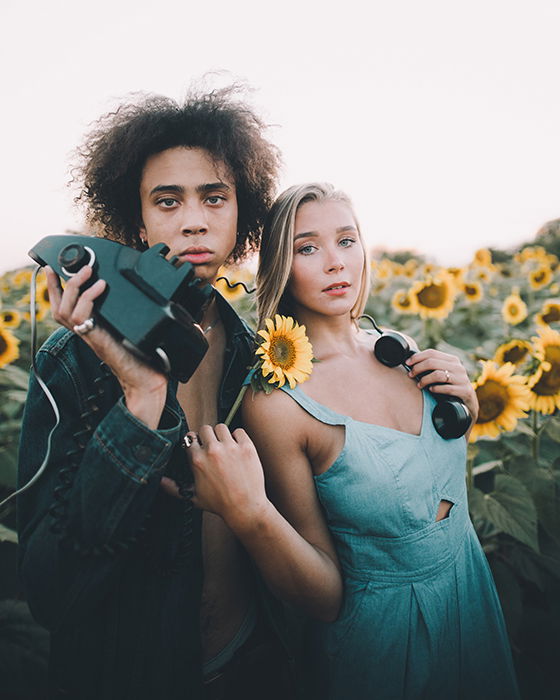
To make sure that the props in your photos aren’t distracting, let your models interact with them. In this minimalist portrait, the girl is holding a sunflower, which perfectly blends in with the background. Both models are holding a phone, which creates a sense of connection and familiarity. If one of them held the phone awkwardly, the effect would be drastically different.
Minimalist portraits are very simple. You don’t have to focus on as many elements as you would in other genres of portrait photography.
One of the most important parts of minimalist photography is lighting. The right kind of lighting will enhance even the simplest of photos.
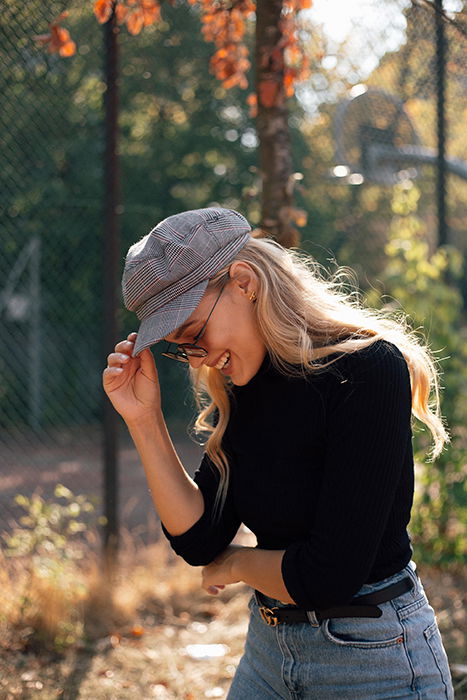
In minimalist portraits, it’s easy to notice details that are often overlooked in other genres. Notice how the backlight is highlighting the model’s hair and general body outline. Lighting tricks like this can quickly elevate your photography.
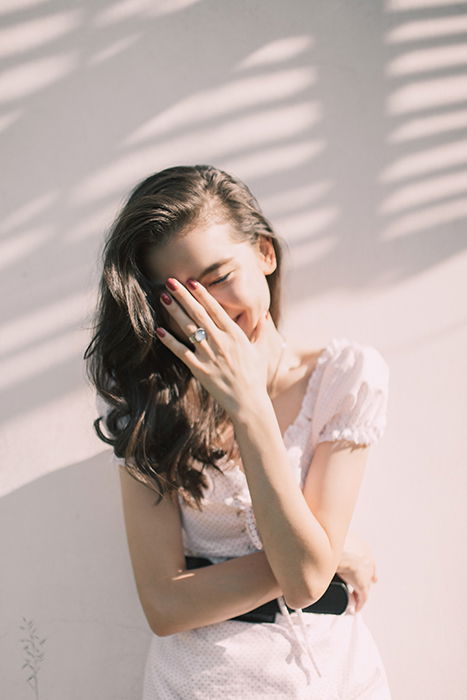
It’s okay if harsh light directly hits your model’s face. If your image isn’t overexposed, you can mute all of the strong highlights in your editing program later on. (You’ll notice that muted highlights are often featured in minimalist portraits because they even out every part of the image.)
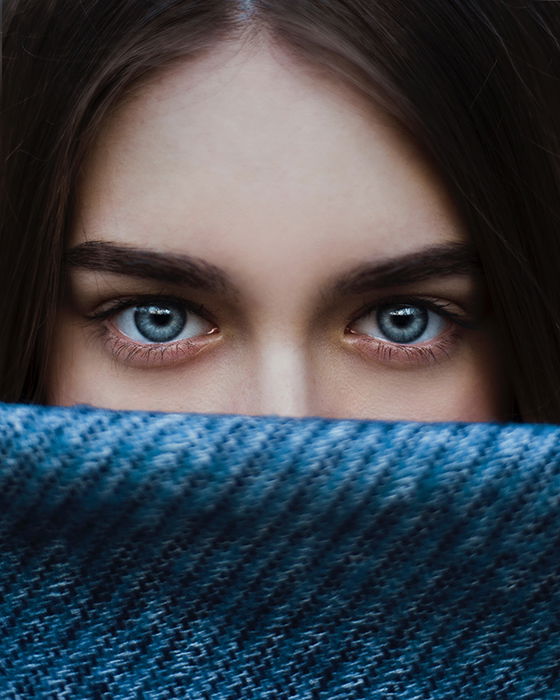
Cloudy or gloomy days are perfect for minimalist portrait photoshoots. The softness of the clouds will cast an even amount of light on your model’s face.
Make sure your subject raises their head a little so that enough light reaches their face. If it’s too gloomy, use a reflector to get rid of unwanted shadows.
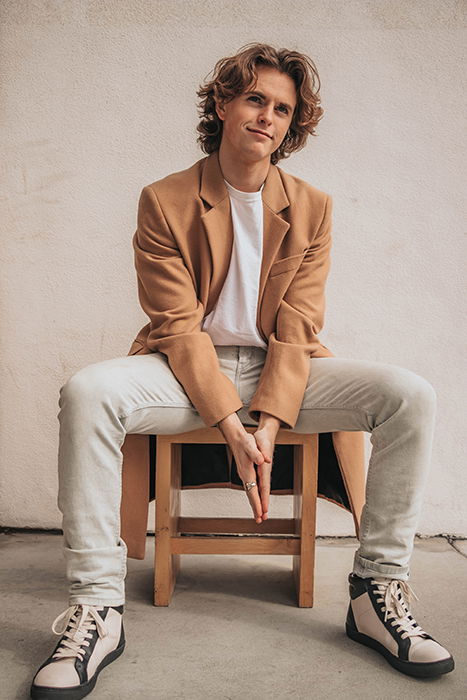
A large window is all you need to take amazing minimalist portraits indoors. Experiment with different angles and lighting techniques. You’ll then find one that flatters your model’s face the most.
Generally, side light is one of the most flattering lights in portrait photography. It’s ideal for minimalist portraiture. It adds depth to an image and creates natural transitions.
Both of these things can turn a simple photograph into an intriguing one.
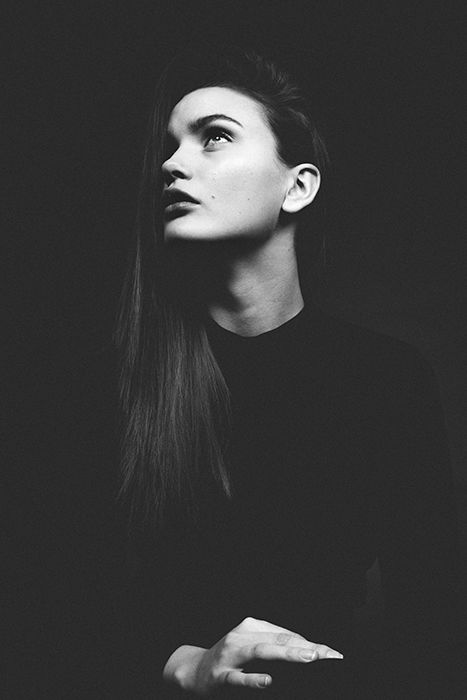
Black & white photography can have great emotional depth. Without colorful distractions, your portraits will stand out in unique ways.
Many people find it easy to notice textures and details in monochrome photography. In color photography, the same details might blend in with other parts of the image.
You can shoot in b&w or convert your photos during the editing process. Both methods are acceptable. Conversion will give you more control over the tones in your final results.
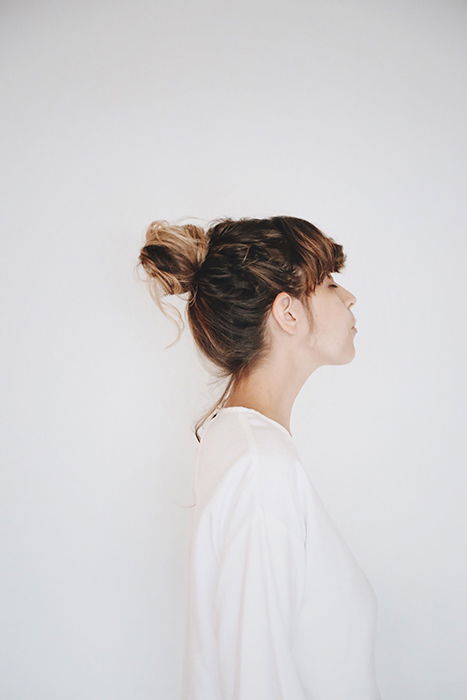
Once you choose a background for your minimalist portraits, make sure your model wears an outfit that complements it. For a smoother effect, ask them to wear something that’s exactly the same color as the backdrop. You can use this effect (e.g. white on white, as pictured) to take peaceful photos in which every element works in harmony with the other.
Minimalist portrait photography is an exciting genre to work with.
If you use a large aperture, shoot in simple locations. And stay open to experimentation. You’ll be able to take stunning photos of simplicity no matter where you are.